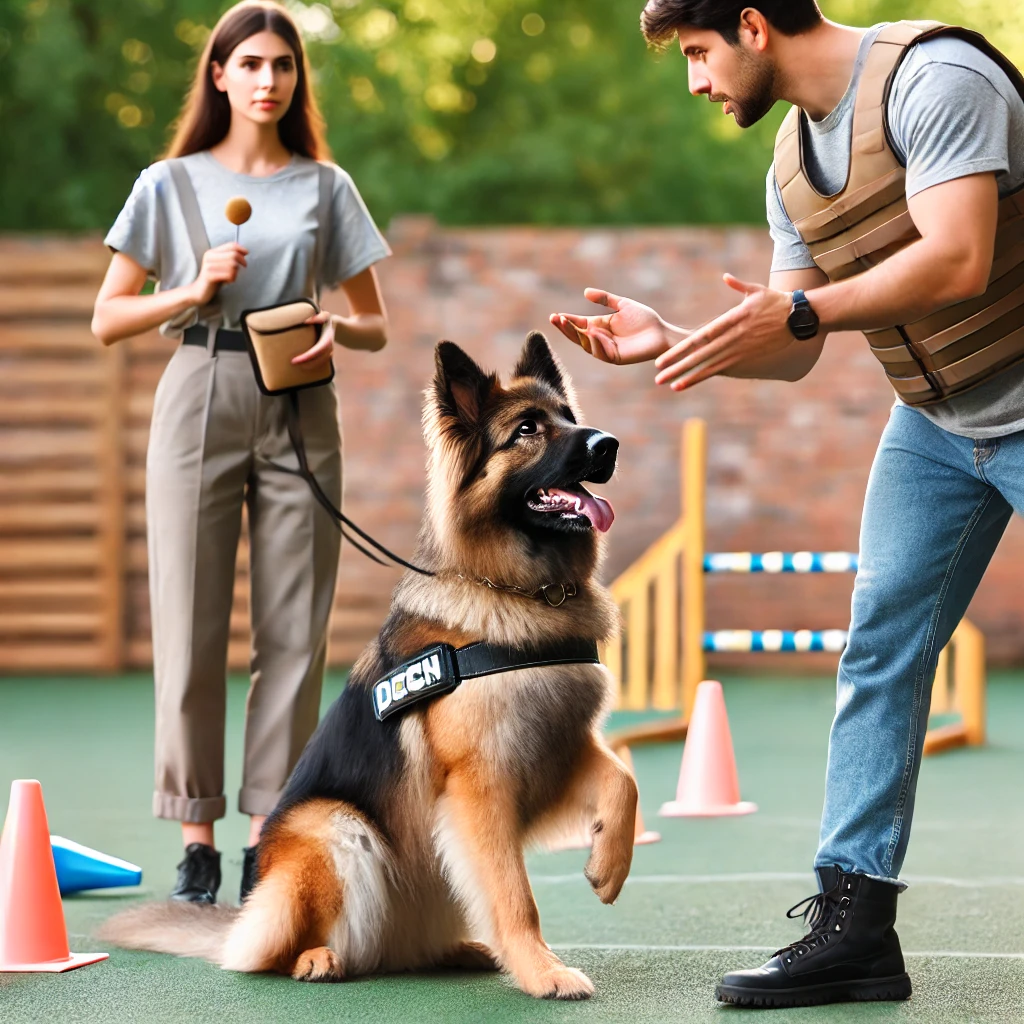At the bottom of this article is an index showing previous posts
Mastering Dog Training at Home
Introduction
Welcome to “Mastering Dog Training at Home!” If you’re reading this, chances are you want to train your dog effectively while building a strong bond. I’ve been in your shoes—excited yet overwhelmed by the idea of training a dog. But trust me, with patience and consistency, you can do it! This book will guide you step by step, helping you master essential training techniques in a way that’s simple and enjoyable for both you and your furry friend.
Understanding Your Dogs Behaviour
Before we start training, it’s important to understand how dogs think. Dogs communicate primarily through body language and vocal cues. A wagging tail, perked-up ears, or even a yawn can mean different things. When my dog started barking excessively, I realized he wasn’t just being noisy—he was anxious. Once I understood his behavior, I was able to address the root cause rather than just the symptom. Learning to read your dog’s signals will make training much easier and strengthen your connection.
Essential Training Tools & Setup
Having the right tools makes all the difference. I always recommend keeping these essentials handy: a leash, a comfortable collar or harness, a clicker (optional), and high-value treats. Treats are key! Find something your dog absolutely loves—it could be small pieces of chicken or a special dog biscuit. Also, create a quiet, distraction-free area for training. A familiar and positive environment will set your dog up for success.
Basic Obedience Commands
Now, let’s start with the basics. Teaching “Sit” is one of the easiest and most useful commands. Hold a treat close to your dog’s nose, then slowly move it over their head. As their nose follows the treat, their bottom will naturally lower—at that moment, say “Sit” and reward them immediately. Repeat this process until they associate the word with the action. The same method works for “Stay,” “Come,” and “Down.” Keep training sessions short and positive—5-10 minutes at a time works best!
Leash Training & Walking Etiquette
Walking should be enjoyable, not a struggle. I remember my first walks with my dog—they were more like tug-of-war! The trick is to reward your dog for staying close to you. If they start pulling, stop walking. The moment they return to your side, reward them. Over time, they’ll learn that pulling gets them nowhere, while walking calmly earns them praise and treats. Consistency is key!
Potty Training Made Simple
Potty training can be frustrating, but a set routine helps immensely. Take your dog outside first thing in the morning, after meals, and before bedtime. Choose a designated potty area and stick with it. Praise them immediately when they go in the right spot. Accidents will happen—don’t punish them. Instead, clean up thoroughly and reinforce the right behavior next time. When I followed a strict potty schedule, my dog learned much faster!
Socialization & Reducing Anxiety
Socialization is crucial for a well-behaved dog. Introduce your pup to different environments, sounds, and people early on. I took my dog to dog-friendly cafes, parks, and even car rides to help him feel comfortable in different situations. If your dog is shy, take it slow—let them observe before forcing interactions. Reducing anxiety through positive exposure will help them become more confident and relaxed.
Stopping Unwanted Behaviours
Barking, chewing, and jumping—every dog parent deals with these at some point. The best way to stop bad habits is by redirecting behavior. If your dog jumps on guests, train them to sit instead. If they bark excessively, teach a “Quiet” command by rewarding moments of silence. My biggest breakthrough came when I learned that ignoring bad behavior and rewarding good behavior works wonders. It takes patience, but the results are worth it!
Advanced Training & Fun Tricks
Once the basics are solid, you can move on to fun tricks like “Shake,” “Roll Over,” and “Fetch.” I found that teaching tricks deepened my bond with my dog and kept him mentally stimulated. Start with small steps—rewarding even partial movements toward the trick. Dogs love to learn when training is fun, so make it a game!
Conclusion & Final Tips
Training is a lifelong journey, not a one-time event. Keep sessions positive, stay patient, and celebrate progress, no matter how small. Remember, your dog wants to please you—it’s all about clear communication and consistency. Keep practicing, and enjoy the rewarding experience of training your dog at home!
Conclusion
Get full information here, https://tinyurl.com/4va5pzh7
